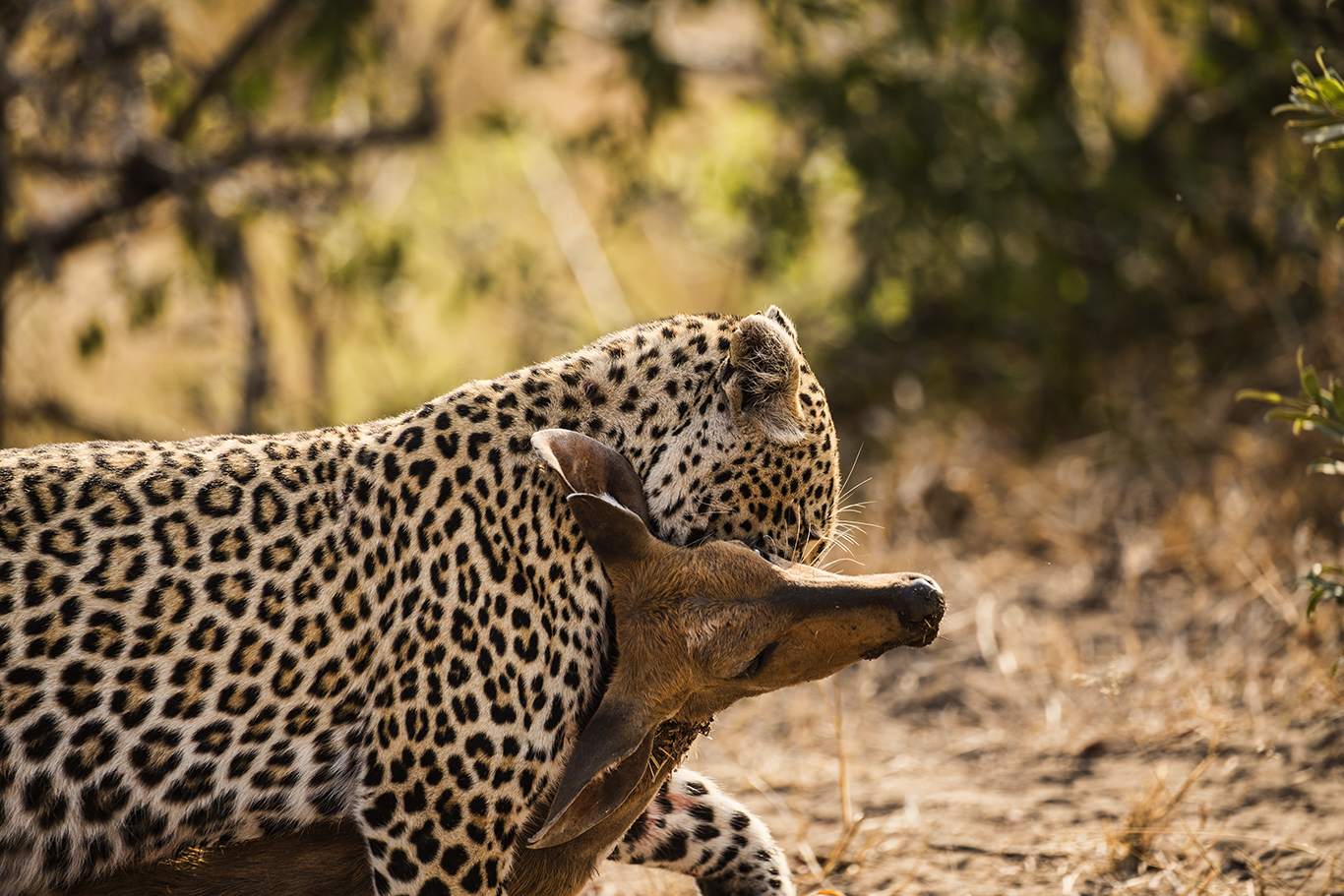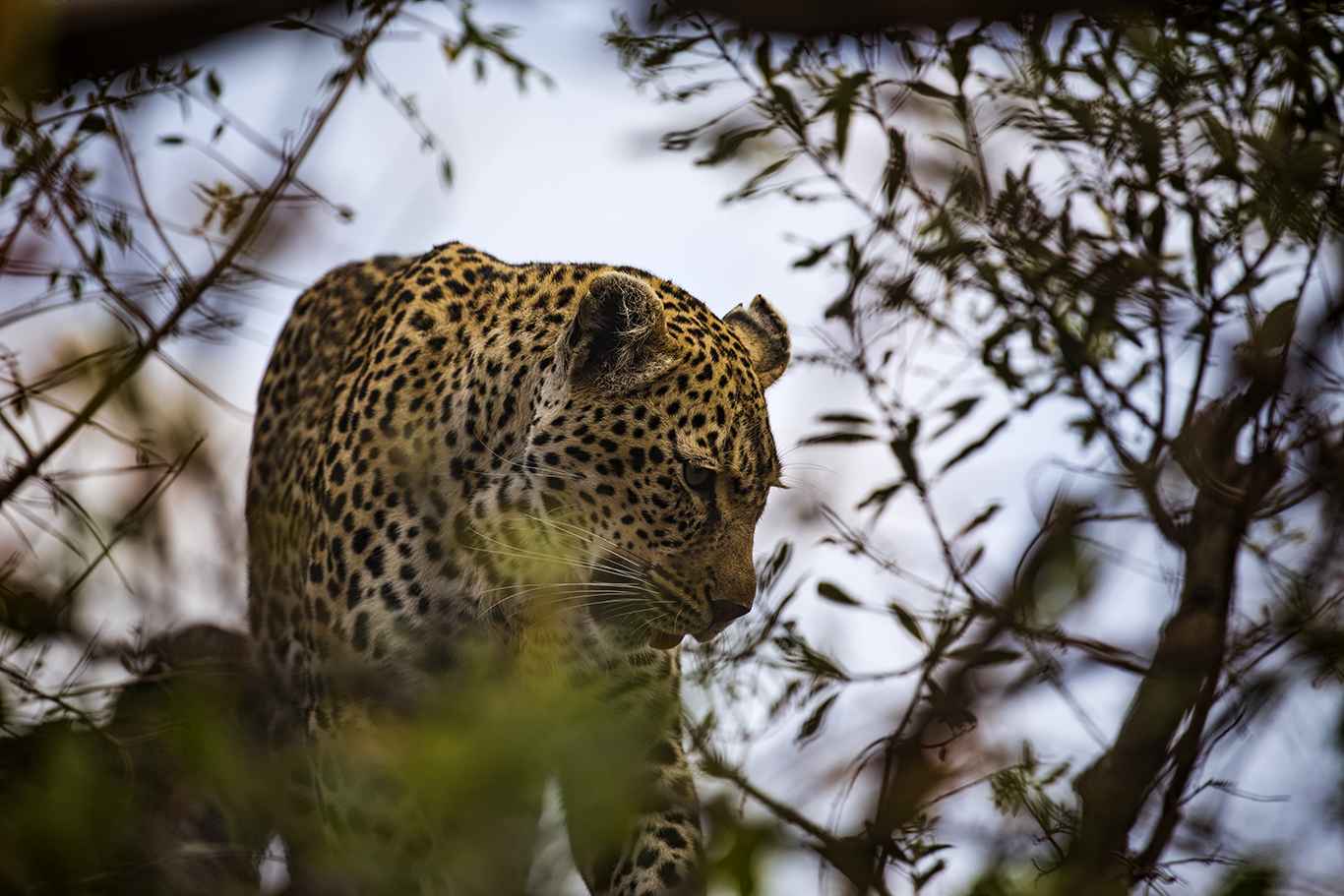It’s day 2 of my photographic tour through Jacksonville, Florida. I’ve had four hours of sleep, and I’m moving quite slowly. I make my way downstairs in the hotel, and head out the front door to meet my tour guide, Will Dickey. Will is late, but this is not a problem since it is 4:45 AM, and I revel at the prospect of enjoying the serenity of this ungodly hour alone for a few minutes. However, instead of a peaceful, easy feeling as espoused by the Eagles, I find a car out in front with this dude blasting raucous, loud, and obnoxious rap music! He is gyrating in the front seat to an over-powering bass beat, while my head starts pounding. After about five minutes, he pulls away, and I am left in blessed relief. Subsequently, Will pulls up, and we are off on another photographic adventure.
We drive in the dark to Big Talbot Island State Park. This is a unique sea island, a preserve for nature study, bird-watching, and photography. As we pull into the parking lot, it is just starting to get light, the perfect time to get ready for our shoot. There is one car parked, a good indication that we will have the beach to ourselves. After a half-mile hike to the beach, we arrive with about 20 minutes until sunrise.
Big Talbot Island
This is Black Rock Beach, rife with gorgeous geologic formations and tree skeletons, having formed at the end of the last ice age about ten thousand years ago. The soil found on this beach is unique, being found in only three-four percent of land in this country. The black rock formations are composed of decayed leaves and compressed sand, some of the oldest in the world.
I set up and take my first photo as the sun rises. Time is of the essence, while the light and cloud formations are this good. However, my photographic bliss is just about to get adulterated by a photographer with a couple who have come on the scene to get wedding photos on this exquisite beach. They set up approximately thirty yards in front of me, quite presumptuous and a little irritating. Not to worry. Few things can ruin my good time here. I pick up and move down the beach to finish the shoot with about thirty minutes of good light to spare.
After downtime during the middle of the day, we wrap up in Fort George Island Cultural State Park. This area has been occupied by humans for five thousand years. Named for a garrison that was built in Seventeen Thirty-Six, Fort George Island became an area in which Native Americans feasted, and the opulent vacationed in the nineteen-twenties. The fort was built to defend Georgia’s southern flank when it was a colony.
The late afternoon sun is getting low in the sky, and we make our way to the Fort George Inlet.
Fort George Inlet
This is an access point for the Atlantic Intra-Coastal Waterway via the Fort George River. After surveying several sites, we settle on an area near a bridge as the sun is peaking underneath a cloud in its descent towards the horizon. Gentle rays of light line up across a sandbar in front of us. We take multiple shots before the sun disappears completely.
So ends my first full day in Jacksonville. After a beer and some dinner, I have to download my photos, recharge my camera batteries, count my insect bites, and get some sleep before my alarm rings for our morning shoot. I can only hope that rap psychopath sleeps in tomorrow morning.














